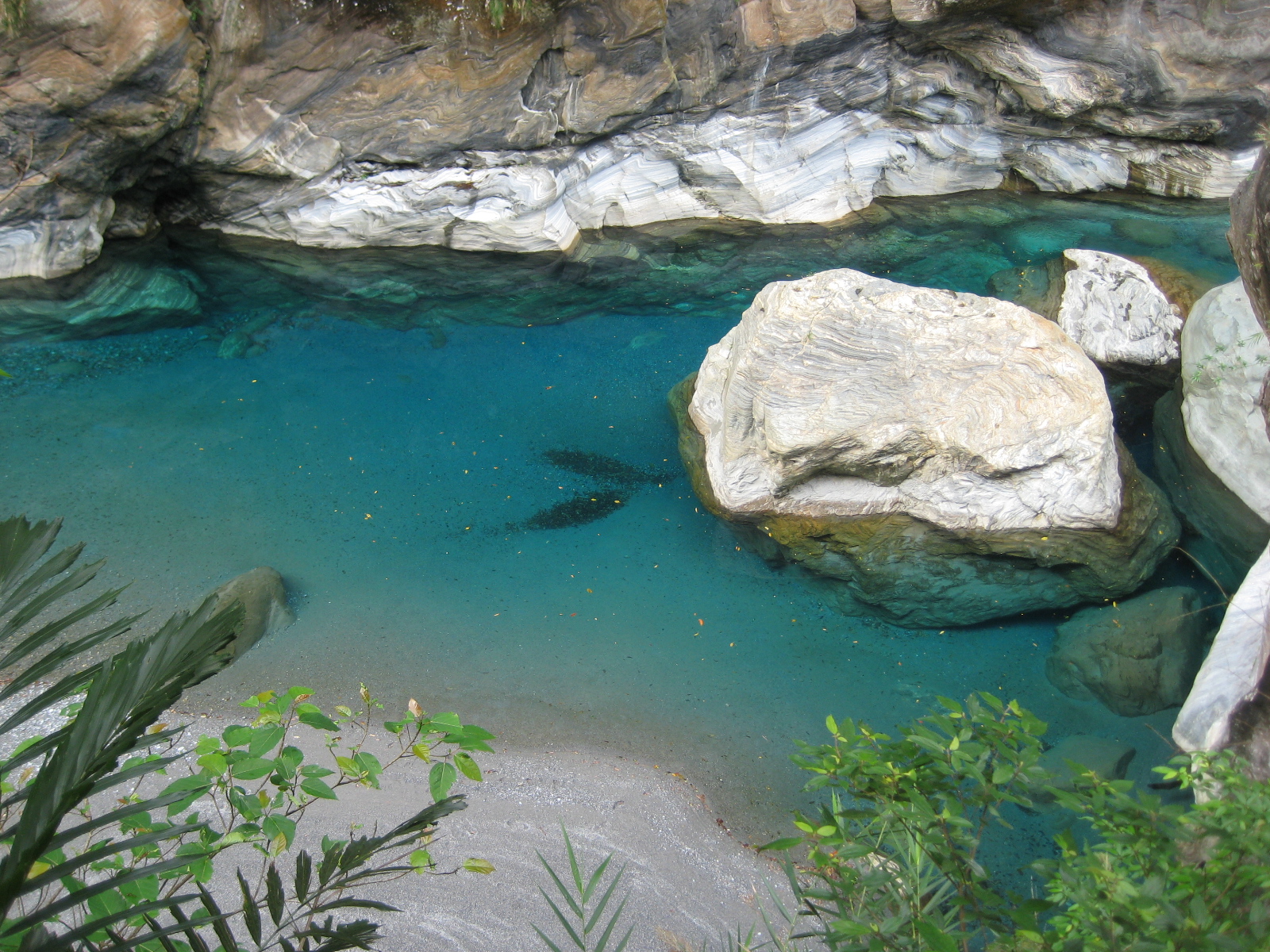Taiwan, a treasure trove of natural wonders, graces its landscapes with a captivating array of blues. Taroko Gorge, a natural masterpiece, showcases a remarkable range of colours in its layered marble, schist, and gneiss formations. From pristine whites to velvety greys, and even hints of golden hues, it’s a vivid canvas. The serene blue of the Liwu River that meanders through the gorge adds a refreshing contrast. While it beckons with its cool appearance, it’s essential to note that swimming is prohibited due to safety concerns.
Inland Waters: Reflecting the Skies
Inland waters like Sun Moon Lake and Liyu Lake mirror the ever-present blue skies of Taiwan, even in colder seasons. A short detour from Hualien City toward Taitung or the East Rift Valley leads to Liyu Lake. Here, you can explore the serene surroundings and savour indigenous cuisine at nearby restaurants.

A Harbour of Fishing Boats in Taiwan
Fishing and Coastal Charms
Taiwan boasts one of the world’s largest fishing fleets, and its fishing vessels often sport a striking azure hue. Fishing harbours adorn Taiwan’s extensive 1,566-kilometre coastline, offering picturesque coastal scenes. Shitiping, a charming fishing port nestled between the Pacific Ocean and the Coastal Mountain Range, exemplifies the island’s coastal beauty.
Hakka Traditions in Blue
The elegant blue tunics donned by Hakka women reflect Taiwan’s diverse cultural tapestry. In Meinong, a stronghold of Hakka culture in Greater Kaohsiung, several tailoring shops continue to craft and offer these traditional garments, showcasing a rich heritage.
Nostalgic Timber Blues
Before World War II, many buildings in Taiwan were constructed from wood, often painted in shades of sky blue. The Timber Industry Exhibition Hall in Zhudong near Hsinchu is a rare survivor from that era, standing in contrast to the modern white-tiled concrete structures surrounding it.
As we embark on a journey to explore Taiwan’s vibrant colours in the coming months, we invite you to return to this blog regularly for more captivating insights and travel information.
Private Tours of Taiwan
As a tour operator dedicated to catering to the needs of English-speaking and European visitors, Life of Taiwan offers a comprehensive range of luxury and family tours of Taiwan. Contact us today, and our expert travel designers will share their expertise and assist you in planning a customised trip that aligns with your interests and requirements.

